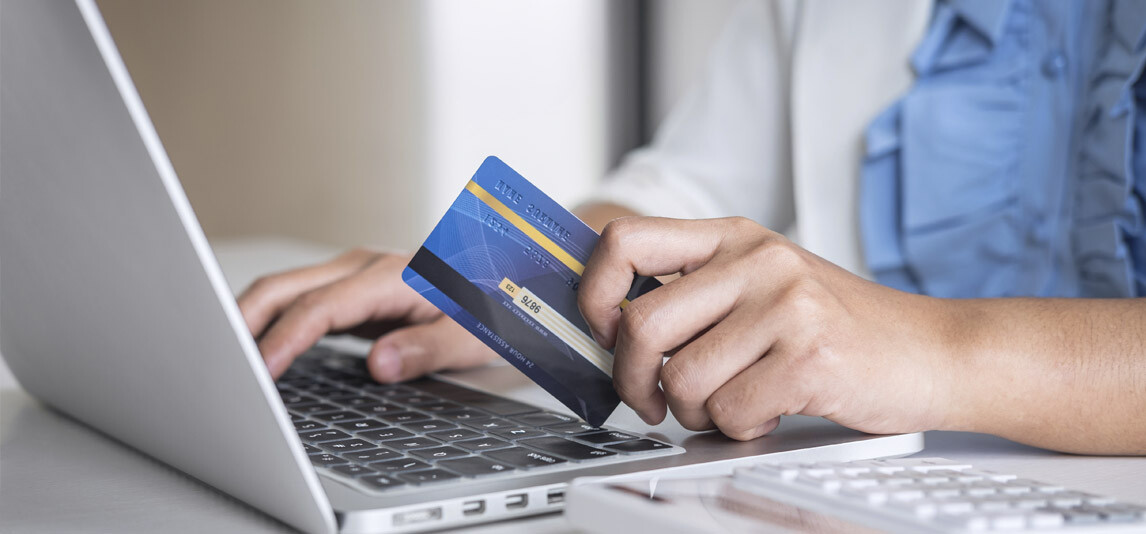Finwower is a leading advertising-supported and independent comparison service. Finwower receives a part of the revenue as compensation from all the offers that you see on the website from various companies. Depending on the compensation, you will see where and how the products appear on the website. For instance, you can look at how the order appears in the listing category. Of course, many other factors impact the appearance of the products, like the credit approval likeliness of the applicants and the rules of the proprietary website. Of course, it should also be understood that you will not find all the available credit or financial offers available today at Finwower.
All the reviews you see have been prepared by the staff of the Finwower. Yes, these opinions are received by the reviewer and have not been approved or reviewed by other advertisers. It means that all the reviews you see are unbiased and presented accurately, including the credit fees and rates. If you are looking for the latest information, it is suggested that you head over to the top of the page and visit the bank's website to check the data. All the credits at Finwower are determined from the FICO® Score 8; this is one of the many types of credit scores you will find in the market. When the lender is considering your credit application, they may use various types of said credit score to determine whether you qualify for the credit card or not.
What is a chargeback?

In many cases, you may need to dispute a charge on your credit card account. Perhaps the item you ordered online arrived damaged, but the retailer you ordered it from does not want to take it back. You may have purchased an item online and never received it, or the purchase was correct but your credit card was charged twice.
In all these cases, you can request a chargeback on your credit card instead of requesting a traditional refund. Although chargebacks should be used sparingly, as they can cause problems for merchants on the other side of the transaction, they are a valuable tool for consumers who deserve a refund.
What is a chargeback?
A chargeback occurs when you request a credit to your account for a purchase made through your credit card issuer. While it is possible to get a refund or relief directly from the merchant from whom the purchase was made, a chargeback leaves the decision to the credit card issuer and other parties.
Chargebacks give consumers time to decide how to get a refund when a transaction goes wrong. It may be necessary to provide the credit card issuer with details and evidence of the chargeback request, but the issuer will be the one to contact the merchant, determine what went wrong, and decide whether or not the customer should pay for the transaction.
Refusal of payment and refunds
If you are not satisfied with a purchased product and can afford it, you must return it to the retailer with your receipt and request a refund. Orders placed online can be returned by calling customer service, providing proof of purchase, and returning the product by mail.
In both cases you will receive a traditional refund. Note, however, that returns and refunds are not the same thing.
Refunds
Refunds are made directly by the retailer from whom the item was purchased. Return policies may vary, so you may not need a receipt to get a refund. In some cases, a store credit may be obtained in lieu of a refund, but in all cases the transaction is processed by the merchant (not the credit card issuer).
Chargeback
A chargeback occurs when you contact the credit card issuer to dispute a transaction. In this case, the amount paid is temporarily refunded, after which the card issuer conducts an investigation to determine who was responsible for the transaction.
How does a chargeback work?
When a chargeback is presented to the credit card issuer, a process is initiated in which several organizations try to determine who should pay for the transaction in question. The parties involved in a chargeback are.
- The account holder (you), who disputed the transaction.
- The credit card issuer, which can be a company such as Chase, American Express or Capital One
- the merchant, which is the company from which the purchase of goods or services was made
- the merchant's bank, which authorized the merchant to accept credit card payments
- the network that processed the credit card payment and decides how to process the chargeback internally, which may be Visa or Mastercard.
Putting a chargeback on a credit card initiates a series of events. In general, the card issuer or credit card network immediately credits you with the amount paid for the item. However, this temporary credit is granted only for the duration of the survey, and you will have to wait to find out whether the credit will become permanent.
At this stage, the credit card issuer, the credit card network, and the merchant's bank may examine the charge to determine its legitimacy and the best course of action. It may be decided that the card issuer is at fault, but the disputed amount may also be sent to the merchant, who may ignore, accept, or dispute the chargeback.
If the merchant from whom the purchase was made disputes the chargeback, disputes may arise between all parties involved and you may be asked to provide additional evidence to support your case, such as receipts or communications between you and the merchant. Ultimately, it is the credit card circuit, which may be one of the four major ones-Visa, Mastercard, Discover, or American Express-that decides who pays the chargeback.
The credit card issuer is required to explain the final verdict in writing. If the dispute is won, the temporary credit received will remain on the account. If it is decided that the dispute is invalid, the purchase will be restored to the credit card account.
When should a chargeback be used?
In general, you should initiate a chargeback procedure on your credit card only if you are unable to resolve the problem with the merchant or if you have failed to contact the merchant to try to do so. However, you can also initiate a chargeback procedure if you believe that a purchase is fraudulent, that is, that an amount has been charged to your account without it having been made.
Here are some examples of the appropriate use of a chargeback:
- A concert for which you purchased tickets has been canceled, but the ticket seller does not want to refund you.
- Your credit card was charged twice for a meal at a restaurant abroad.
- You purchased an item online and never received it, but the retailer does not answer the phone.
- You were supposed to be reimbursed for an item several weeks ago, but the refund has not been issued and you are unable to contact the company.
- You notice a charge on your bill that is not yours.
If you discover a fraudulent charge on your credit card, you can take additional steps to protect your identity. Although most credit cards offer a fraud policy that protects you from fraudulent purchases charged to your account, it is likely that a hacker or thief has gotten hold of your account number. Because they can access other personal information, you should take steps to protect yourself, including monitoring your credit reports, signing up for fraud alerts, and immediately checking all accounts for suspicious activity.
Can I dispute a credit card transaction that I paid for voluntarily?
You should never dispute a credit card transaction that you paid for voluntarily. Not only is it unethical, but you will not even be able to keep the initial credit you received if you do not deserve it. You should only use a chargeback if you are a victim of fraud or if you are certain you will receive a refund, but the merchant is unable or unwilling to grant it.
How do you request a chargeback?
The procedure can vary depending on the card issuer, but most allow you to dispute transactions over the phone, by e-mail or through an online form or process. Make sure you have all the details so you can explain what went wrong. The credit card issuer will investigate.
To summarize
Chargebacks offer a level of protection to consumers who use credit cards to pay for goods or services. You can request a chargeback whether the original purchase was made in person or online. However, you should only make a chargeback if you cannot resolve the problem directly with the merchant or service provider. If you can obtain a refund by contacting the merchant or service provider directly, you should take this important step first.

Posts:
Finwower is a leading advertising-supported and independent comparison service. Finwower receives a part of the revenue as compensation from all the offers that you see on the website from various companies. Depending on the compensation, you will see where and how the products appear on the website. For instance, you can look at how the order appears in the listing category. Of course, many other factors impact the appearance of the products, like the credit approval likeliness of the applicants and the rules of the proprietary website. Of course, it should also be understood that you will not find all the available credit or financial offers available today at Finwower.
All the reviews you see have been prepared by the staff of the Finwower. Yes, these opinions are received by the reviewer and have not been approved or reviewed by other advertisers. It means that all the reviews you see are unbiased and presented accurately, including the credit fees and rates. If you are looking for the latest information, it is suggested that you head over to the top of the page and visit the bank's website to check the data. All the credits at Finwower are determined from the FICO® Score 8; this is one of the many types of credit scores you will find in the market. When the lender is considering your credit application, they may use various types of said credit score to determine whether you qualify for the credit card or not.




